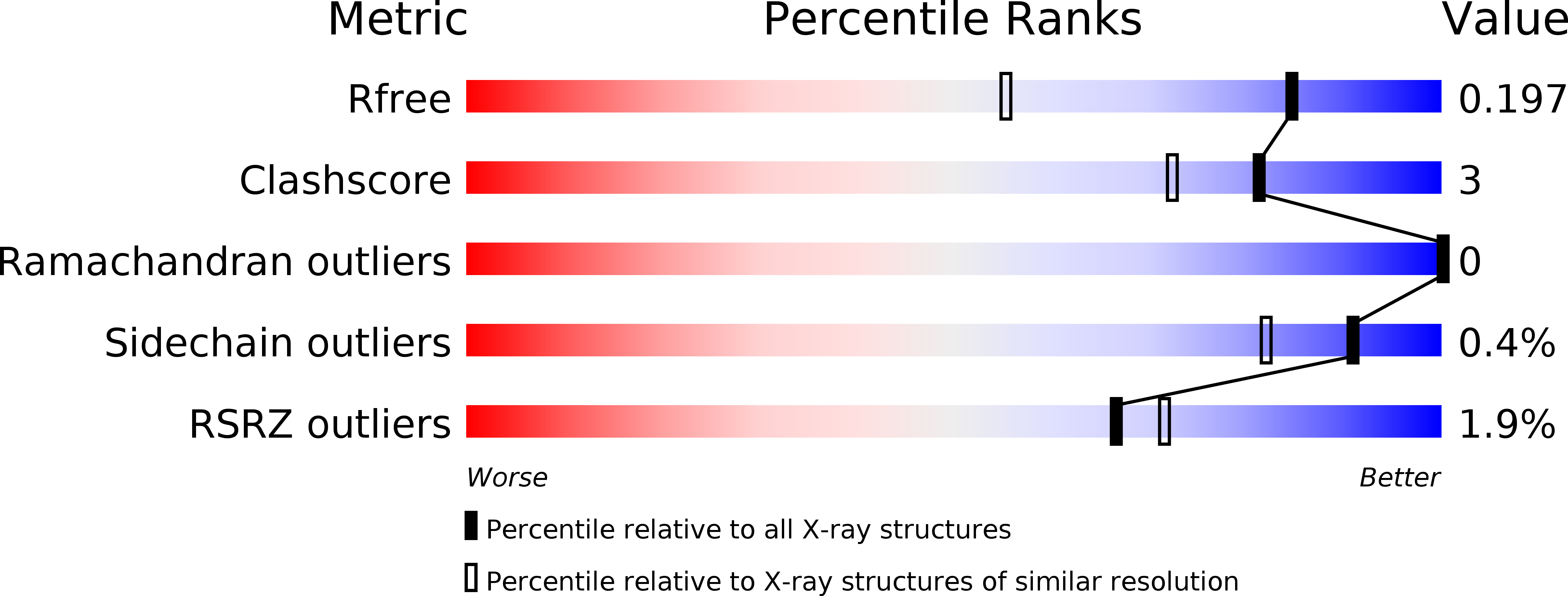
Deposition Date
2018-01-23
Release Date
2018-05-23
Last Version Date
2023-10-04
Entry Detail
PDB ID:
6C7X
Keywords:
Title:
Carbonic anhydrase 2 in complex with 2-chloro-5'-O-sulfamoyladenosine
Biological Source:
Source Organism:
Homo sapiens (Taxon ID: 9606)
Host Organism:
Method Details:
Experimental Method:
Resolution:
1.50 Å
R-Value Free:
0.18
R-Value Work:
0.15
R-Value Observed:
0.15
Space Group:
P 1 21 1


